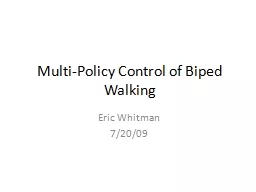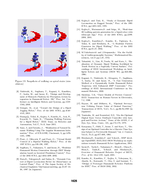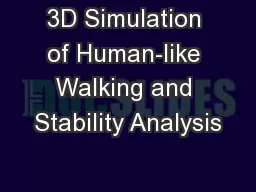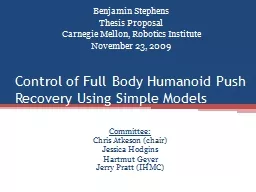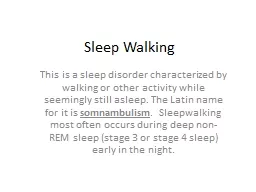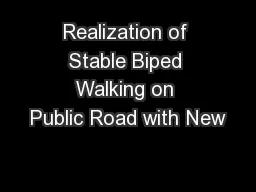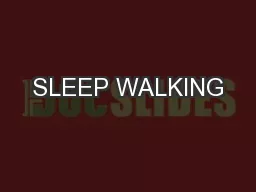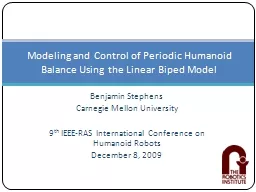PPT-Multi-Policy Control of Biped Walking
Author : phoebe-click | Published Date : 2018-02-26
Eric Whitman 72009 Outline Existing controller Evaluation Resistance to perturbations Speed Control Proposed controller and work towards it 3D Biped Complex System
Presentation Embed Code
Download Presentation
Download Presentation The PPT/PDF document "Multi-Policy Control of Biped Walking" is the property of its rightful owner. Permission is granted to download and print the materials on this website for personal, non-commercial use only, and to display it on your personal computer provided you do not modify the materials and that you retain all copyright notices contained in the materials. By downloading content from our website, you accept the terms of this agreement.
Multi-Policy Control of Biped Walking: Transcript
Download Rules Of Document
"Multi-Policy Control of Biped Walking"The content belongs to its owner. You may download and print it for personal use, without modification, and keep all copyright notices. By downloading, you agree to these terms.
Related Documents

